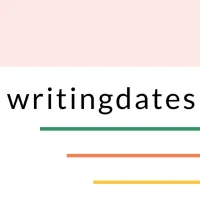Get the FREE Workbooks for this month - A playful and structured guide to cultivate a new writing practice
WELCOME, dear fellow writer
A place to reconnect with the joy of writing
&
Playful ways to lighten the mental load
For Playful Writing - visit here |

From the Journal
Here I share some of my entries to inspire you to let journaling become a part of your own daily practice.
+ free journal pages
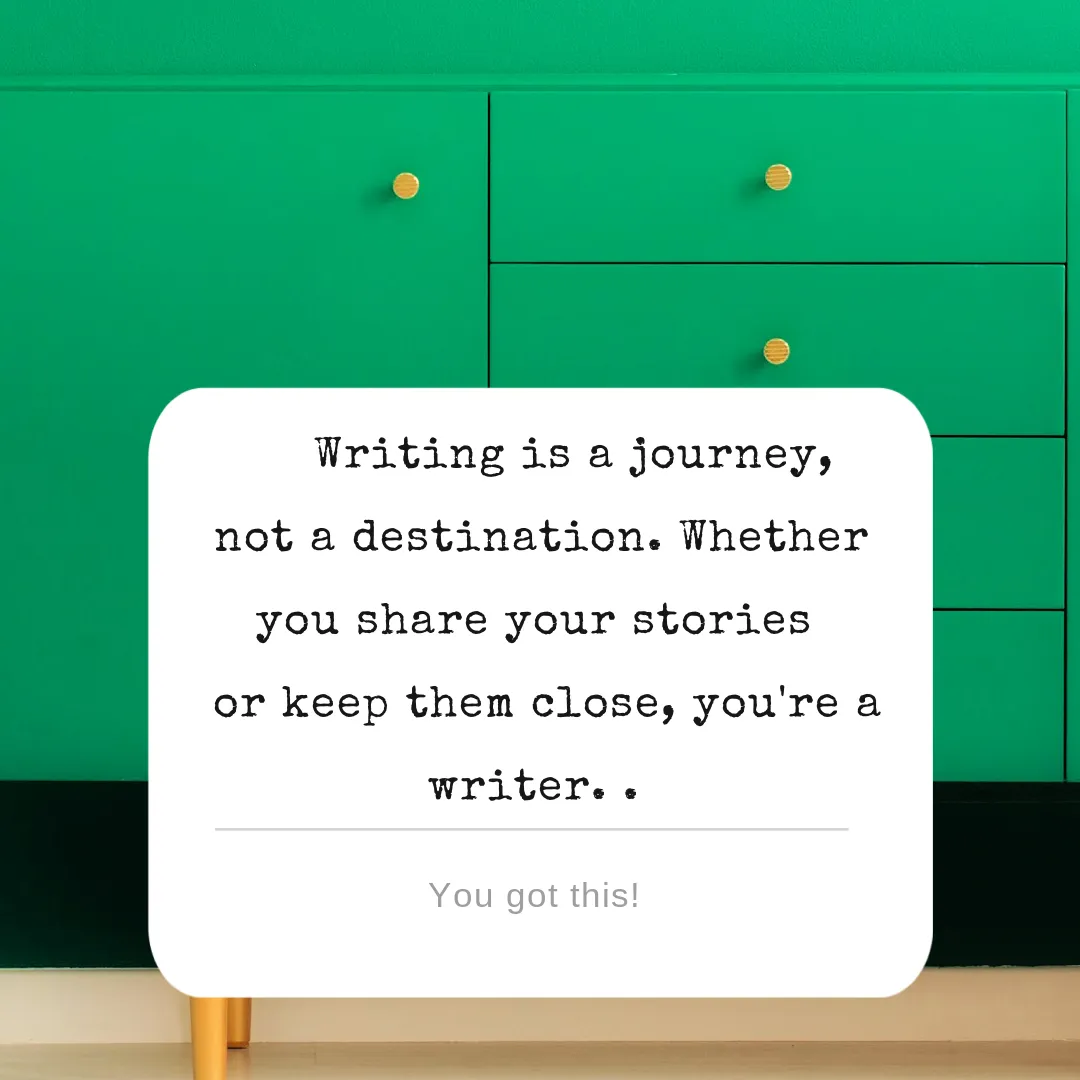
From the Library
The library is where you will find all my blog posts on how to enhance and enchant your daily writing practice
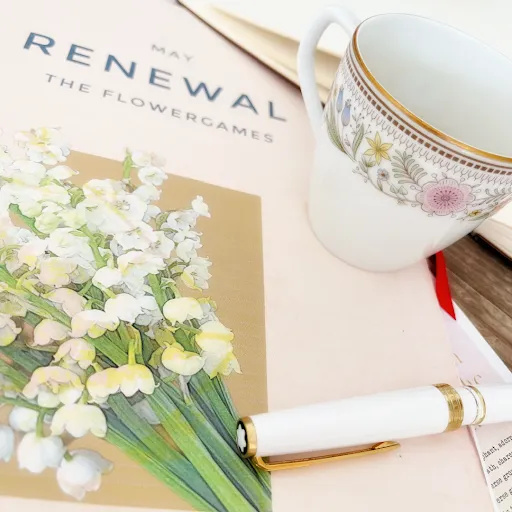
From the Seasonal Hub
Home of the Flower Games
a free monthly invitation to write with a flower
Cultivate a New Writing Practice
From the comfort of your own home, dive into a writing practice, to restore and replenish your inspiration with free monthly workbooks, and become and feel like a writer who writes.
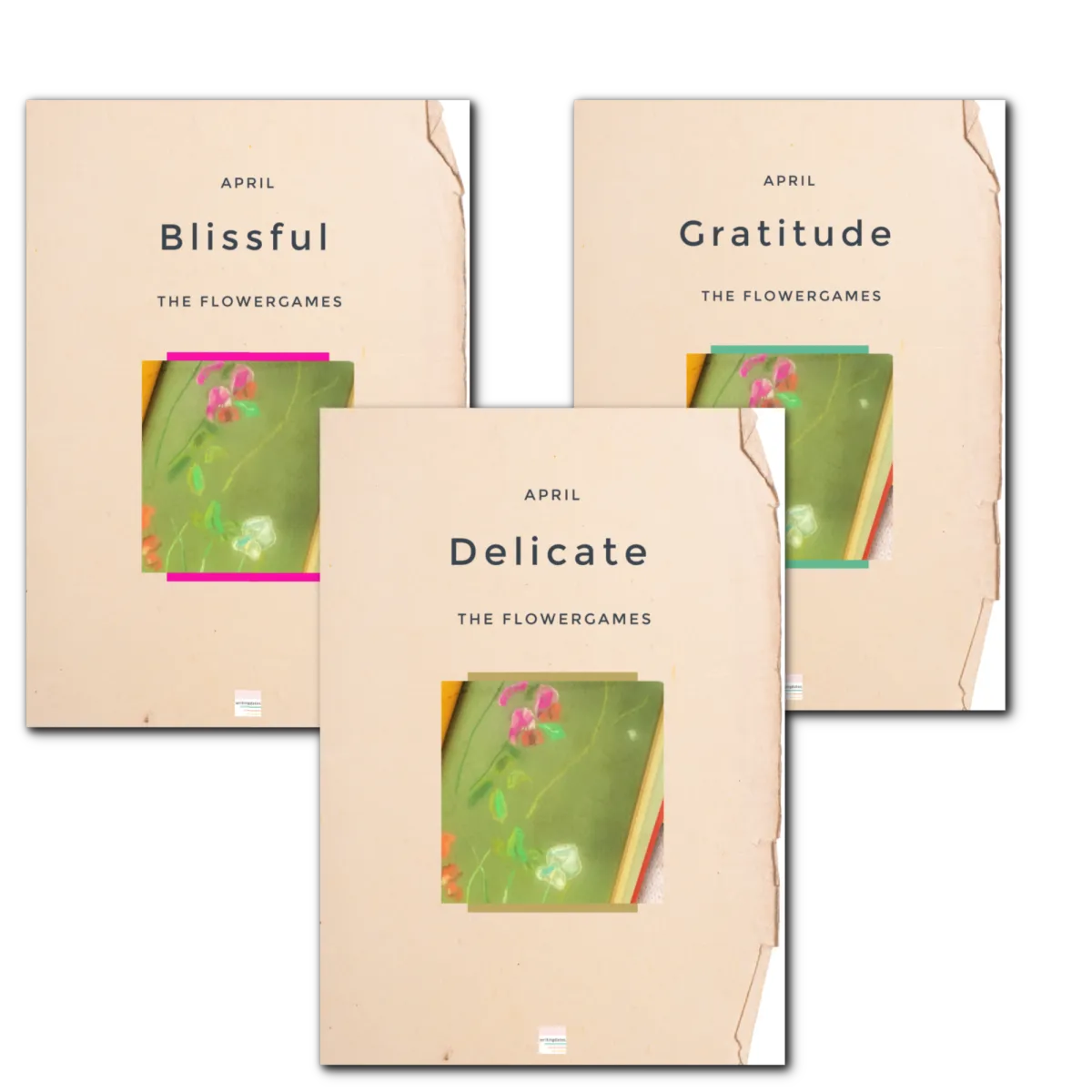
JOIN || THE FLOWERGAMES
A Free Home Practice for Writing
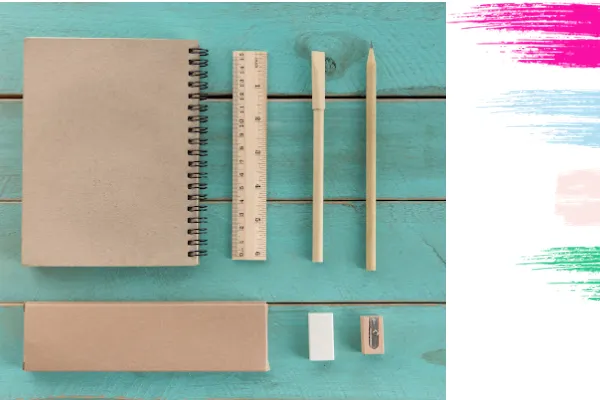
Must-Have Writing Tools: A Guide to Building Your Creative Arsenal
“"Creativity is intelligence having fun." .” - Albert Einstein
I. Introduction: Must-Have Writing Tools: A Guide to Building Your Creative Arsenal
I grab a cup of coffee and sit down at my desk to write. Occasionally I go and write at a café. The above has been my proven strategy for many years. Habits are good for creativity to flow.
However, things can stall or get too comfortable. That is when I like to switch up the writing tools. The same way you would renew your wardrobe, or even go for a complete make-over, try the same with your writing tools.
In this article I will share some of my tools in the following categories:
II Choosing the Perfect Notebook for Your Writing Style
III Explore a world of pens
IV Try a new digital writing tool
V Create a Creative Writing Capsule
VI The Container - Gather it all in a Writing Box
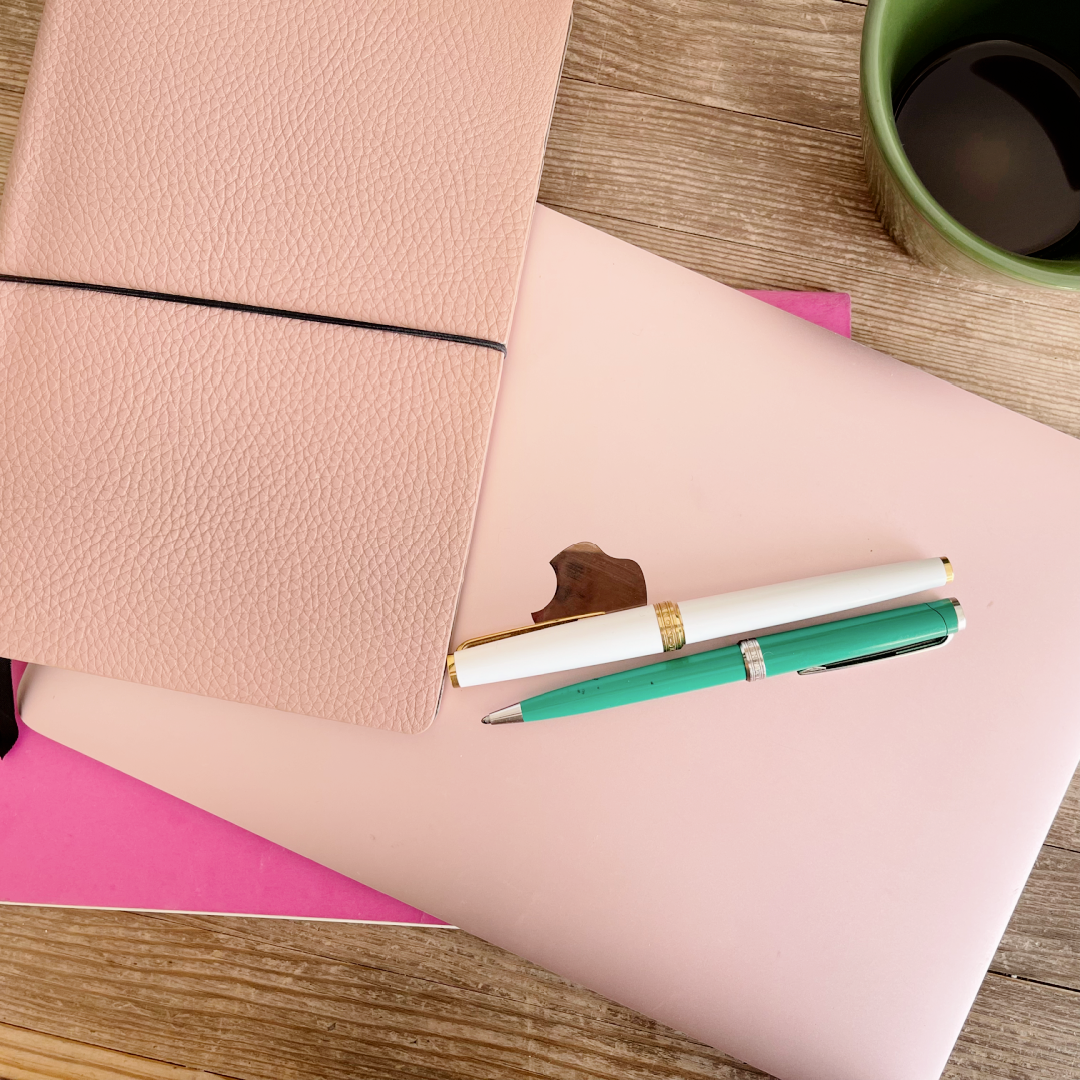
II. Choosing the Perfect Notebook
I look at the pile of notebooks on my desk. They are in all kinds of sizes and colors. Some are lined, and others are blank. I am about to choose a notebook to be my loyal companion for the next month or so.
But which notebook to pick?
First, I remind my inner perfectionist that there are no right or wrong answers. Instead, I ask myself two questions. Does it help me write, and does it bring me joy?
Remember, the answer depends on the writer, so listen to yourself.
I prefer no lines, and the size to be a bit smaller than A4 with a softcover or an A5 horizontal spiral one with a hardcover.
For many years I used the Moleskine Cahiers. Besides the quality, they felt less intimidating to use as opposed to the more pretty ones. But recently, I started to fill in the beautiful Paperblanks. I had to get used to the size but I love the thick paper.
Both choices are a bit expensive so I also have a bunch of notebooks from discount stores. When I find one I like, I buy 3-5 of them.
And if you don't know yet, don't worry. Pick one you intuitively like, and after a while ask yourself what you liked and disliked about it.
In front of me at the desk, I see all sizes and different front covers. And each one of them makes me excited. I somehow feel that if I am to justify my next buy, I should probably choose to write in one that I already own.
When I look at old notebooks, it has the same effect on me as some songs can have. As with special songs, a particular notebook reminds me of a specific event or year.
I want to pick a notebook I can curl up with in the garden and which will remind me of summer later on. So back to the two questions.
Will this notebook make me write?
Does this notebook bring me joy?
If you don't yet own a lot of notebooks, I envy you because that means you can go looking for a new one. Thinking of it, I need a notebook for next month. . .
III. Exploring a World of Pens
I was so lucky to be gifted with two pens for my birthday. One a fountain pen and the other a regular ballpoint pen. Some years ago, I got a duplicate of a long-lost but loved pen. So it turned out that I now have an ink fountain pen, a ballpoint pen, and a rollerball pen as my go-to writing tool. So how to choose a pen for writing?
When I am writing my morning pages, I use my fountain pen because it glides over the page, and due to the easy accumulation of pages, it reminds me of an old magical book when I flip through the pages to see the light blue steady handwriting.
For taking notes, I use my ballpoint pen. I take notes rapidly all across the page, so I like that it doesn't smudge. I also use it for my calendar and planner.
When I write in my journal or on my WIP, I use the rollerball because it is a good mix between the other two pens. The ink stands out clearly on the paper and encourages me to keep on writing but in an informal way that makes it easy to cross over a word or line. The only disadvantage is that it shows through to the other side of the paper.
Sometimes I mix it up. That way, I also keep it from turning into a bad excuse for not writing if I don't have the right pen.
Pick your favorite pen and practice your signature and when you land on the one you like, rip it out and keep it on your desk as a symbol of your commitment to your writing.
IV. Try New Digital Writing Tools
It can be the greatest way to procrastinate. However, it can also work as pure inspiration to check out a new writing app. So decide what you are up for now before reading on.
(This is not an affiliate post, I just like finding new stuff to try out. )
When I joined my first NaNoWriMo camp in 2019 I shared this:
Amongst the sponsors, I found Dabble. Now I have it as a free trial for 14 days as a desktop app. My camp project is my new crime fiction story idea "Matter and Flutter" and I have set it up as a folder in Dabble.
I think I found the whole setup process easy because I already know Scrivener. That being said it is a very pretty and intuitive app. I love the brand color and to me, it seems like a simpler version of Scrivener.
My goal for camp is 20000 words. I stayed on track for the first two days meaning that I had to write about 740 words a day. The last two days, I have not been writing but the goal and stats column makes it easy for me to adjust.
My next step is to set up the plot grid. That is actually what convinced me to try out Dabble. I like how I can move around in the grid and how the overview gives my story a playing field to set up the highs and lows of the plot. I don't think I can print it out, and I still need to decide which plot structure I will use but the nice clean and cut appearance will help me to structure the story and help me to get the clarity I need to develop the characters.
I am pretty sure I will switch to the paid version once the free trial is over.
For some reason I don’t remember, I didn’t continue to use Dabble, but now I am a little curious to go back and look at it again. However, during camp this July, I enjoy using the free version of Novlr. I will let you know how the experience using this writing tool has been in a later blog post.
V. Create a Creative Writing Capsule
I like the various ideas on the few-item wardrobe organization. When you look up a capsule wardrobe, you are presented with carefully selected items that bring the owner joy. I try to do the same with my writing items and tools. Below I share how my spring capsule looked this spring:
In use notebook
A Writer's Journal
Blog notes
Folder with a draft ready for editing
The new novel in progress binder
Idea folder for a writing course
I need to update it into a summer version.
VI. The Container
So now I have the notebook, a pen, my laptop with the preferred digital writing tool, and the extra writing-related items from my capsule. All I need is a container and this is where the writing box comes in as the last tool in my arsenal aka my writing knack sack.
For your DIY box, use things already in the house. Spend the extra cash on new journals.
I have chosen a wooden box, which I used for color crayons.
The first item that goes into my box is my journal. My approach to writing and productivity is to fill a notebook and a journal each month.
An old advertising campaign asked parents, Did you spend time with your child today? Luckily I can say yes to this but I also make sure that I can answer in the same affirmative way when I ask myself, did I spend time with my journal today?
In one of the smaller compartments, I put the pen, and an Oracle card and finally I make room for the laptop and a binder.
VII. Conclusion
In this blog post, I wanted to share the essential writing tools that I use to enhance creativity and productivity.
Let's recap:
Choosing the Perfect Notebook: Remember that there are no right or wrong answers when it comes to selecting a notebook. The most important factors to consider are whether it helps you write and whether it brings you joy. Whether you prefer lined or blank pages, a softcover or a hardcover, find a notebook that speaks to you and inspires your writing.
Exploring a World of Pens: Experiment with different types of pens to find the ones that suit your writing style and preferences. Whether it's a fountain pen, ballpoint pen, or rollerball pen, each has its unique characteristics. Use different pens for different purposes, such as journaling, note-taking, or working on your manuscript.
Trying New Digital Writing Tools: Embrace the digital realm and explore writing apps and software that can enhance your writing experience. Whether it's Dabble, Novlr, or other writing tools, find the one that resonates with you and offers features that support your writing process and organization.
Creating a Personalized Writing Capsule: Build your writing capsule by selecting the essential items that bring you joy and enhance your writing routine. This can include your current notebook, a writer's journal, folders for drafts and ideas, and any other tools or resources that contribute to your writing journey.
Using a Writing Box to Store Your Tools: As the final tool in your creative arsenal, consider using a writing box or container to keep your writing essentials organized and easily accessible. It can be as simple as repurposing an existing box or investing in a dedicated writing box. Having a designated space for your journal, pen, laptop, and other items creates a sense of ritual and helps set the stage for focused and inspired writing sessions.
Each tool, whether it's a notebook, pen, digital writing app, or writing box, plays a role in creating an environment that nurtures your writing process and fuels your imagination.
Lastly, I encourage you to explore and experiment with different writing tools to build your creative arsenal. The journey of discovering what works best for you is an ongoing process, and it's okay to adapt and evolve along the way. Stay open to new tools, techniques, and experiences that can deepen your connection to the craft of writing and unlock your full creative potential.
May your creative knack sack be filled with inspiration and joy as you continue your writing journey. Happy writing!
Create a writing box:
Here is a quick checklist to get you started with your writing box and capsule. Remember imperfect action beats inaction, get started and keep writing.
Choose a notebook
Choose a pen
Find one extra writing tool item
Decide on a container
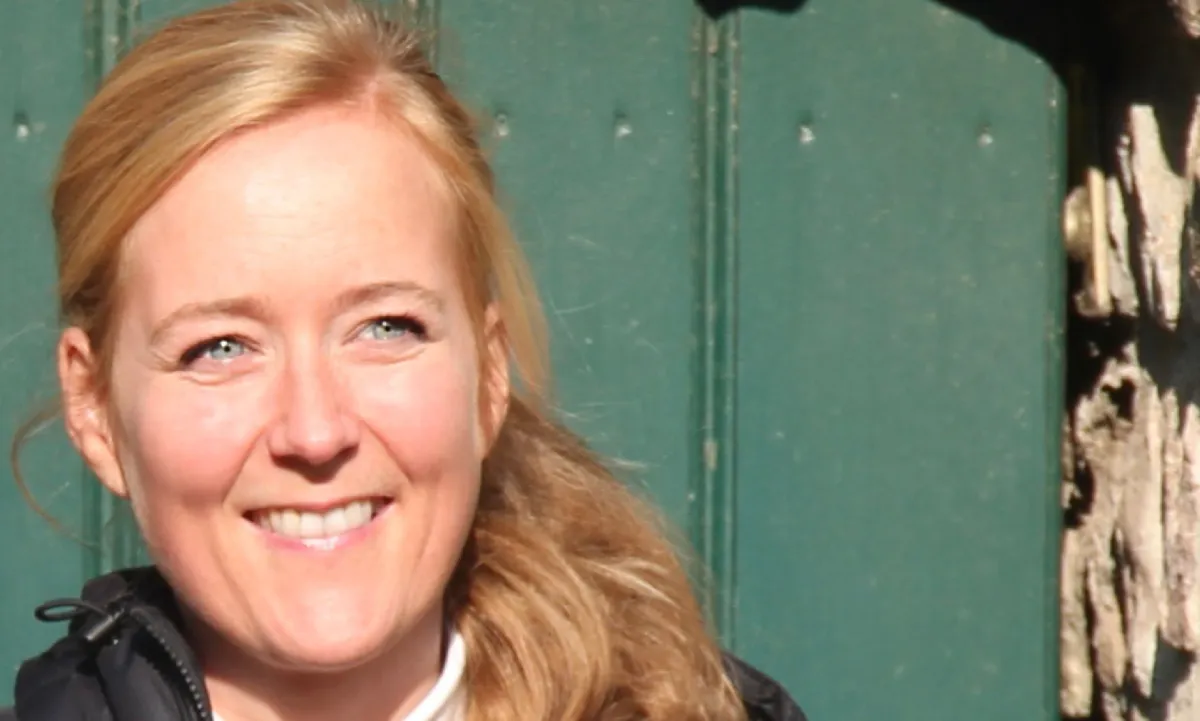
My name is Betina and I am a writer and the creator of Writingdates. I am a multipassionate gemini and always guided by the love of stories.
I write to ground and connect. I write to fly and soar free.
I write because of beauty, truth, freedom and love
- THE MUSEFUL SCRIBE
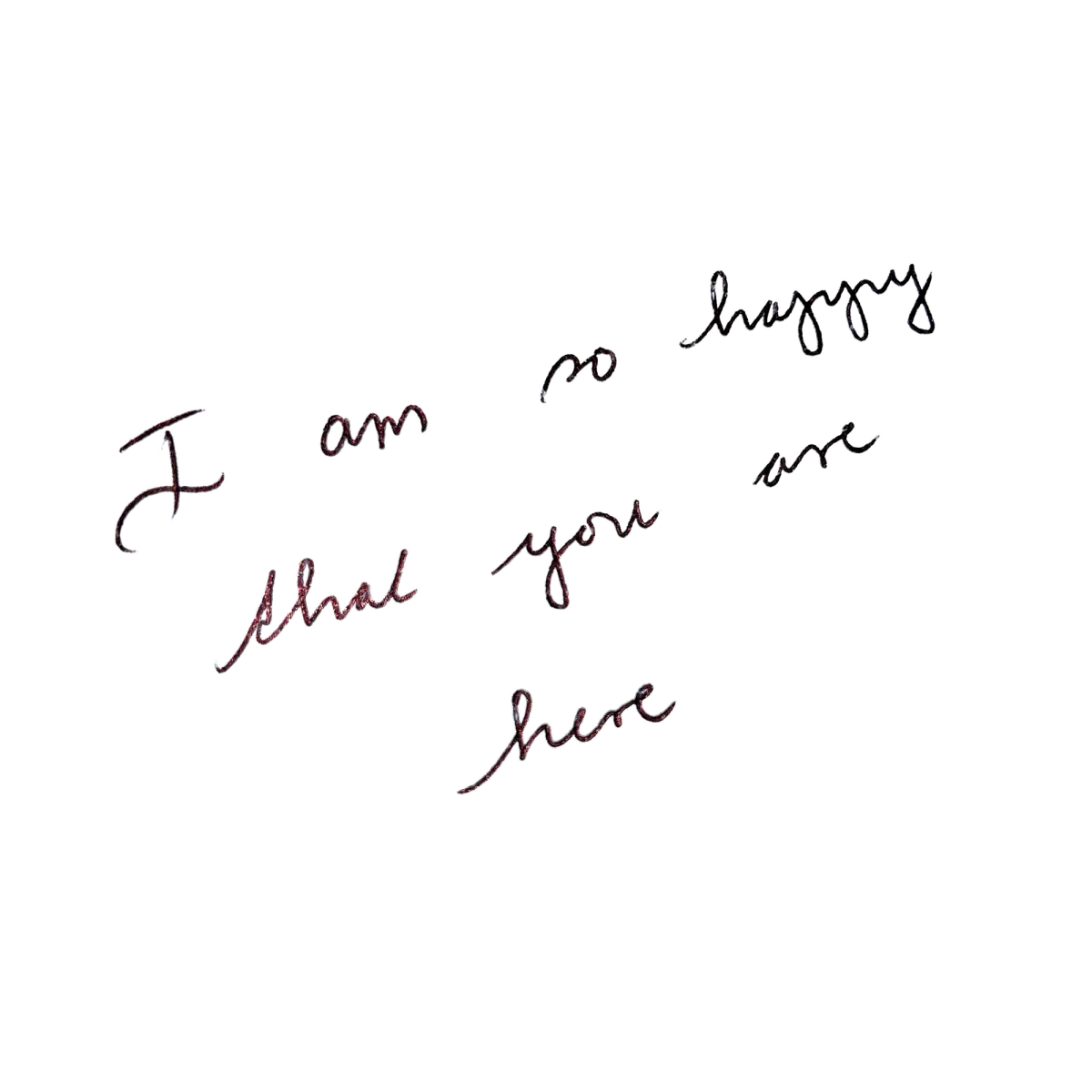
Whenever you need some inspiration for your writing adventure come and visit the Library.
Here you can browse the library of the Museful Scribe with articles and printables on everything writing
The Library

Must-Have Writing Tools: A Guide to Building Your Creative Arsenal
“"Creativity is intelligence having fun." .” - Albert Einstein
I. Introduction: Must-Have Writing Tools: A Guide to Building Your Creative Arsenal
I grab a cup of coffee and sit down at my desk to write. Occasionally I go and write at a café. The above has been my proven strategy for many years. Habits are good for creativity to flow.
However, things can stall or get too comfortable. That is when I like to switch up the writing tools. The same way you would renew your wardrobe, or even go for a complete make-over, try the same with your writing tools.
In this article I will share some of my tools in the following categories:
II Choosing the Perfect Notebook for Your Writing Style
III Explore a world of pens
IV Try a new digital writing tool
V Create a Creative Writing Capsule
VI The Container - Gather it all in a Writing Box

II. Choosing the Perfect Notebook
I look at the pile of notebooks on my desk. They are in all kinds of sizes and colors. Some are lined, and others are blank. I am about to choose a notebook to be my loyal companion for the next month or so.
But which notebook to pick?
First, I remind my inner perfectionist that there are no right or wrong answers. Instead, I ask myself two questions. Does it help me write, and does it bring me joy?
Remember, the answer depends on the writer, so listen to yourself.
I prefer no lines, and the size to be a bit smaller than A4 with a softcover or an A5 horizontal spiral one with a hardcover.
For many years I used the Moleskine Cahiers. Besides the quality, they felt less intimidating to use as opposed to the more pretty ones. But recently, I started to fill in the beautiful Paperblanks. I had to get used to the size but I love the thick paper.
Both choices are a bit expensive so I also have a bunch of notebooks from discount stores. When I find one I like, I buy 3-5 of them.
And if you don't know yet, don't worry. Pick one you intuitively like, and after a while ask yourself what you liked and disliked about it.
In front of me at the desk, I see all sizes and different front covers. And each one of them makes me excited. I somehow feel that if I am to justify my next buy, I should probably choose to write in one that I already own.
When I look at old notebooks, it has the same effect on me as some songs can have. As with special songs, a particular notebook reminds me of a specific event or year.
I want to pick a notebook I can curl up with in the garden and which will remind me of summer later on. So back to the two questions.
Will this notebook make me write?
Does this notebook bring me joy?
If you don't yet own a lot of notebooks, I envy you because that means you can go looking for a new one. Thinking of it, I need a notebook for next month. . .
III. Exploring a World of Pens
I was so lucky to be gifted with two pens for my birthday. One a fountain pen and the other a regular ballpoint pen. Some years ago, I got a duplicate of a long-lost but loved pen. So it turned out that I now have an ink fountain pen, a ballpoint pen, and a rollerball pen as my go-to writing tool. So how to choose a pen for writing?
When I am writing my morning pages, I use my fountain pen because it glides over the page, and due to the easy accumulation of pages, it reminds me of an old magical book when I flip through the pages to see the light blue steady handwriting.
For taking notes, I use my ballpoint pen. I take notes rapidly all across the page, so I like that it doesn't smudge. I also use it for my calendar and planner.
When I write in my journal or on my WIP, I use the rollerball because it is a good mix between the other two pens. The ink stands out clearly on the paper and encourages me to keep on writing but in an informal way that makes it easy to cross over a word or line. The only disadvantage is that it shows through to the other side of the paper.
Sometimes I mix it up. That way, I also keep it from turning into a bad excuse for not writing if I don't have the right pen.
Pick your favorite pen and practice your signature and when you land on the one you like, rip it out and keep it on your desk as a symbol of your commitment to your writing.
IV. Try New Digital Writing Tools
It can be the greatest way to procrastinate. However, it can also work as pure inspiration to check out a new writing app. So decide what you are up for now before reading on.
(This is not an affiliate post, I just like finding new stuff to try out. )
When I joined my first NaNoWriMo camp in 2019 I shared this:
Amongst the sponsors, I found Dabble. Now I have it as a free trial for 14 days as a desktop app. My camp project is my new crime fiction story idea "Matter and Flutter" and I have set it up as a folder in Dabble.
I think I found the whole setup process easy because I already know Scrivener. That being said it is a very pretty and intuitive app. I love the brand color and to me, it seems like a simpler version of Scrivener.
My goal for camp is 20000 words. I stayed on track for the first two days meaning that I had to write about 740 words a day. The last two days, I have not been writing but the goal and stats column makes it easy for me to adjust.
My next step is to set up the plot grid. That is actually what convinced me to try out Dabble. I like how I can move around in the grid and how the overview gives my story a playing field to set up the highs and lows of the plot. I don't think I can print it out, and I still need to decide which plot structure I will use but the nice clean and cut appearance will help me to structure the story and help me to get the clarity I need to develop the characters.
I am pretty sure I will switch to the paid version once the free trial is over.
For some reason I don’t remember, I didn’t continue to use Dabble, but now I am a little curious to go back and look at it again. However, during camp this July, I enjoy using the free version of Novlr. I will let you know how the experience using this writing tool has been in a later blog post.
V. Create a Creative Writing Capsule
I like the various ideas on the few-item wardrobe organization. When you look up a capsule wardrobe, you are presented with carefully selected items that bring the owner joy. I try to do the same with my writing items and tools. Below I share how my spring capsule looked this spring:
In use notebook
A Writer's Journal
Blog notes
Folder with a draft ready for editing
The new novel in progress binder
Idea folder for a writing course
I need to update it into a summer version.
VI. The Container
So now I have the notebook, a pen, my laptop with the preferred digital writing tool, and the extra writing-related items from my capsule. All I need is a container and this is where the writing box comes in as the last tool in my arsenal aka my writing knack sack.
For your DIY box, use things already in the house. Spend the extra cash on new journals.
I have chosen a wooden box, which I used for color crayons.
The first item that goes into my box is my journal. My approach to writing and productivity is to fill a notebook and a journal each month.
An old advertising campaign asked parents, Did you spend time with your child today? Luckily I can say yes to this but I also make sure that I can answer in the same affirmative way when I ask myself, did I spend time with my journal today?
In one of the smaller compartments, I put the pen, and an Oracle card and finally I make room for the laptop and a binder.
VII. Conclusion
In this blog post, I wanted to share the essential writing tools that I use to enhance creativity and productivity.
Let's recap:
Choosing the Perfect Notebook: Remember that there are no right or wrong answers when it comes to selecting a notebook. The most important factors to consider are whether it helps you write and whether it brings you joy. Whether you prefer lined or blank pages, a softcover or a hardcover, find a notebook that speaks to you and inspires your writing.
Exploring a World of Pens: Experiment with different types of pens to find the ones that suit your writing style and preferences. Whether it's a fountain pen, ballpoint pen, or rollerball pen, each has its unique characteristics. Use different pens for different purposes, such as journaling, note-taking, or working on your manuscript.
Trying New Digital Writing Tools: Embrace the digital realm and explore writing apps and software that can enhance your writing experience. Whether it's Dabble, Novlr, or other writing tools, find the one that resonates with you and offers features that support your writing process and organization.
Creating a Personalized Writing Capsule: Build your writing capsule by selecting the essential items that bring you joy and enhance your writing routine. This can include your current notebook, a writer's journal, folders for drafts and ideas, and any other tools or resources that contribute to your writing journey.
Using a Writing Box to Store Your Tools: As the final tool in your creative arsenal, consider using a writing box or container to keep your writing essentials organized and easily accessible. It can be as simple as repurposing an existing box or investing in a dedicated writing box. Having a designated space for your journal, pen, laptop, and other items creates a sense of ritual and helps set the stage for focused and inspired writing sessions.
Each tool, whether it's a notebook, pen, digital writing app, or writing box, plays a role in creating an environment that nurtures your writing process and fuels your imagination.
Lastly, I encourage you to explore and experiment with different writing tools to build your creative arsenal. The journey of discovering what works best for you is an ongoing process, and it's okay to adapt and evolve along the way. Stay open to new tools, techniques, and experiences that can deepen your connection to the craft of writing and unlock your full creative potential.
May your creative knack sack be filled with inspiration and joy as you continue your writing journey. Happy writing!
Create a writing box:
Here is a quick checklist to get you started with your writing box and capsule. Remember imperfect action beats inaction, get started and keep writing.
Choose a notebook
Choose a pen
Find one extra writing tool item
Decide on a container
Get the latest free printable from the Library
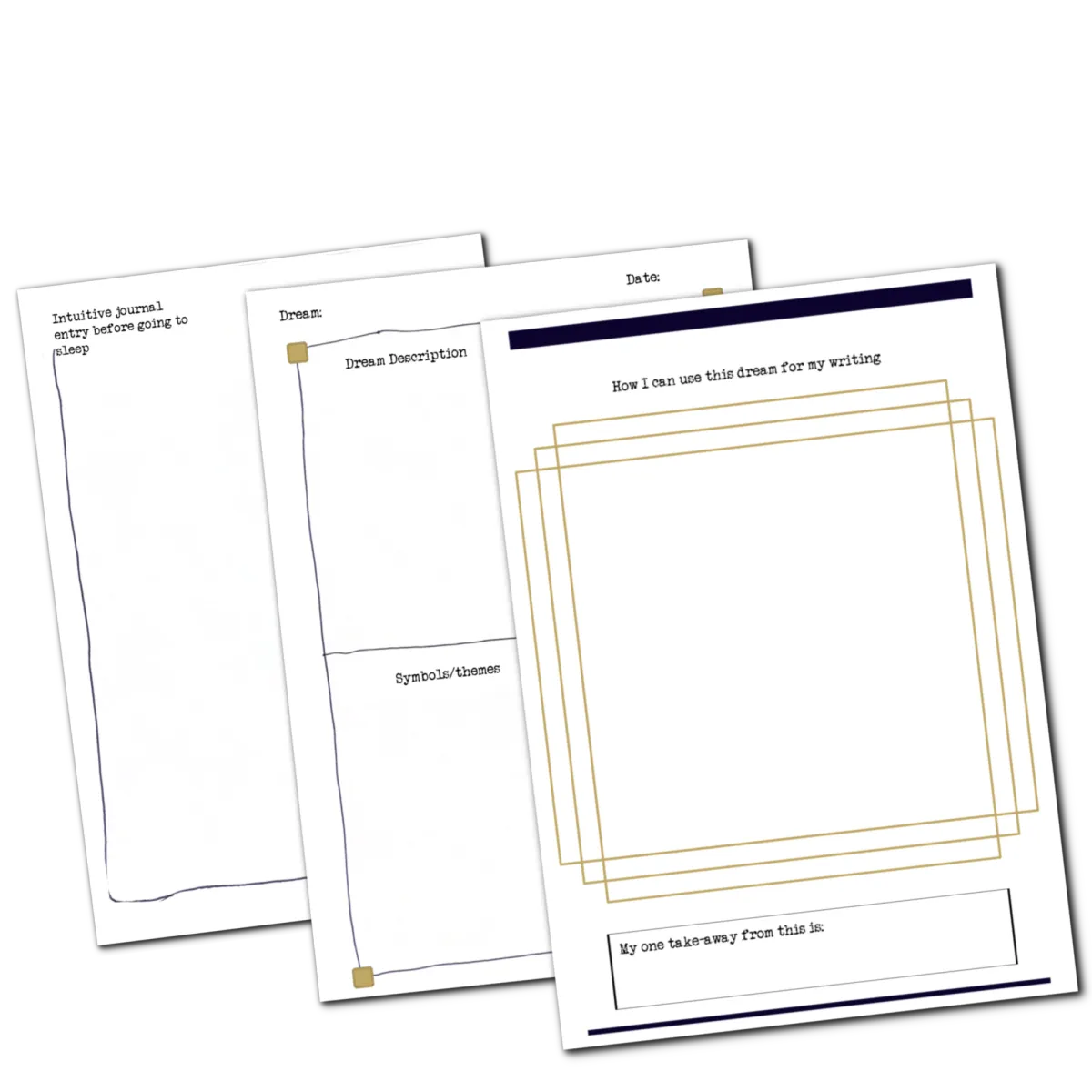
© Copyright 2025 Writingdates
